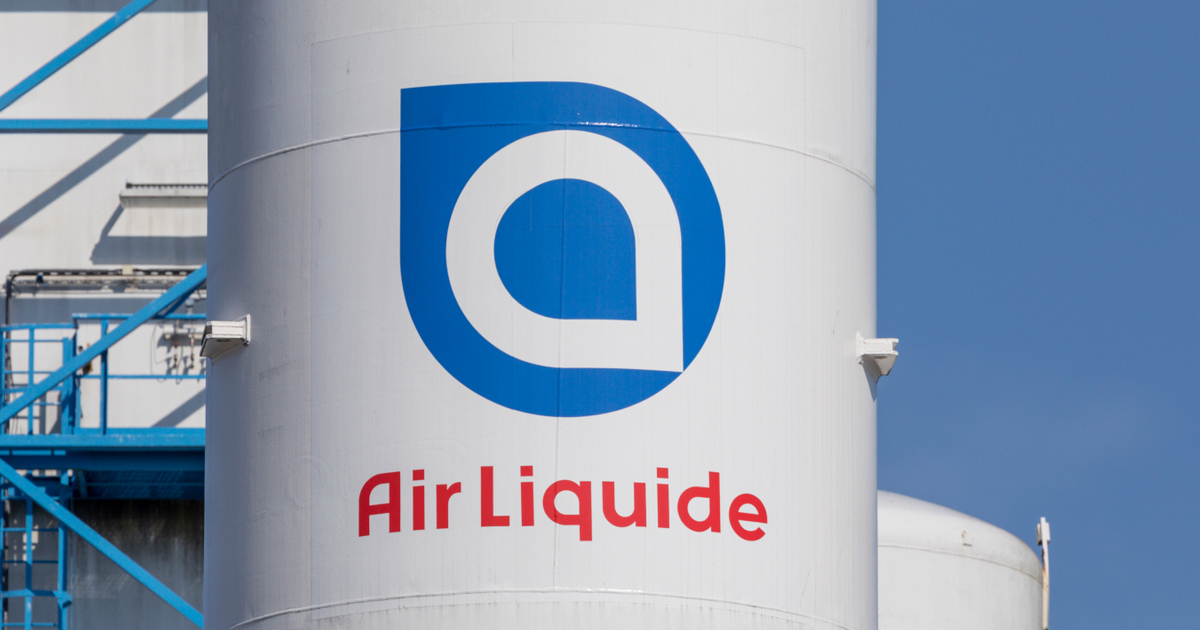Amazon strikes deal with Nielsen to measure NFL 'Thursday Night Football' ratings
E-commerce giant wants to give advertisers familiar ratings but hints it will also leverage purchase data.

Nielsen and Amazon struck a deal for national TV measurement of the NFL's "Thursday Night Football" on Prime Video, making it the first time Nielsen's panel-based national TV ratings will measure a streaming service.
Nielsen in a statement said the agreement, starting with the 2022 NFL season, will include full coverage of the "Thursday Night Football" broadcast, including pre-game, in-game and post-game on Prime Video and Twitch, as well as over-the-air stations in teams’ local markets each week, and out-of-home viewing.
Amazon’s streamed NFL games “will be measured and processed like all other NFL games, using Nielsen’s panel, allowing for the same metrics to be reported across all other national networks, continued trending and comparability,” according to the statement.
The deal is big for Nielsen and Amazon, given that NFL games and related pre- and post-game programming accounted for the top 27 live telecasts and 47 of the top 50 in 2021. Then again, Amazon has been managing down advertiser expectations that "Thursday Night Football" on Prime will deliver audiences as big Fox did last season.
One question is why Amazon—given its wealth of purchase information—would sell against the same age-gender demographics that the TV industry has been desperately trying to move past. Amazon in the statement did hint, without providing detail, that it will also be giving advertisers access to sales and other behavioral information beyond buckets of age-gender gross rating points.
After all, Prime members with access to football broadcasts will, by definition, be among Amazon’s 80 million Prime households, opening opportunities to sell TV ads targeting people who buy—or just shop for without buying yet—all kinds of things.
“Our collaboration with Nielsen will allow us to provide advertisers with familiar campaign measurement to make apples-to-apples comparisons across their multi-channel media investments,” said Srishti Gupta, director of media measurement for Amazon Ads. “Addtionally, advertisers will have access to metrics from Amazon that will provide actionable insights to understand brand awareness, engagement and sales. This powerful combination of first and third-party measurement is something only Amazon can provide.”
Some of the biggest traditional advertisers on NFL broadcasts don’t have products that appear on Amazon, which doesn’t sell cars or beer (at least not in the U.S. for the latter).
But even for non-Amazon-endemic advertisers, the data could be useful. Marketers of minivans, SUVs or crossovers might be interested in people whose Amazon purchases suggest they’re suburban parents of newborns, said Jessica Caldwell, executive director of insights for Edmunds.
“Or even Jeep probably could determine who is more into outdoor recreational activities vs. someone who likes Jeep but is really staying in the city/suburbs,” Caldwell said. “Those two customers would be best served with different vehicles in their lineup. Even something as basic as spending levels or frequent ordering would suggest an income level or busy lifestyle which would be interesting as well.”
Procter & Gamble Co., a major NFL sponsor that sells lots of products on Amazon—from razors to shampoo to laundry detergent—certainly has interest in the data. Retail media is one of the major drivers of change in the company’s spending, said Chief Brand Officer Marc Pritchard in March. And when asked about the possibility of applying retail purchase data to its TV buys, while he declined to reference Amazon specifically, Pritchard said at the time, “Brands have knowledge and insight into consumer media and lifestyle behavior, and retailers have insight into purchasing behavior. If we can figure out a way to connect those two, that could be an advantage.”

 Tfoso
Tfoso 
































